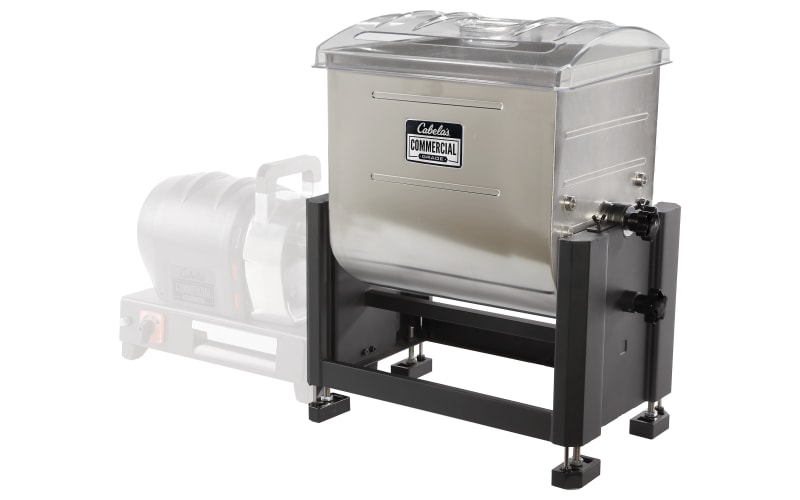10 years of experience as a food machinery equipment manufacturer
10 years of experience as a food machinery equipment manufacturer
For large-scale meat processing facilities facing rising consumer demand, achieving higher output without compromising quality presents an ongoing challenge. Traditional mixing methods often struggle to keep pace, potentially leading to bottlenecks in production. High-capacity meat mixers have emerged as a key solution for processors aiming to significantly increase production volume while maintaining precise control over texture and ingredient integration.

Commercial meat processors supplying supermarkets, foodservice distributors, and large-scale culinary operations require consistent, high-volume production. Slow or inefficient mixing can directly impact the entire production line, causing delays and limiting overall output capacity. This becomes particularly critical when launching new products or responding to seasonal spikes in demand. A mixer unable to handle substantial batches quickly becomes a limiting factor in growth.
Modern, heavy-duty meat mixers designed explicitly for large output needs directly address these throughput limitations. These robust machines offer several distinct advantages:
Speed and volume are crucial, but they cannot come at the expense of product quality and consistency. Large meat mixers incorporate advanced design features to guarantee every batch meets stringent standards:
Precise Ingredient Integration: Sophisticated rotor designs and bowl configurations ensure even distribution of spices, seasonings, fats, and other additives throughout the meat matrix, regardless of batch size. This prevents pockets of uneven flavoring or texture that can occur with less powerful or poorly designed mixers.
Temperature Control: Efficient mixing is vital to prevent excessive friction-induced heat buildup, which can prematurely cook meat or degrade fat quality. Advanced high-capacity mixers often feature optimized designs and potential cooling system options to maintain consistent, safe mixing temperatures even during extended or intensive mixing cycles.
Gentle Meat Handling: Protecting the integrity of the meat protein is essential. Well-designed large mixers employ mixing actions that achieve thorough blending while minimizing damage to meat fibers, ensuring optimal texture, binding, and juiciness in the final product.
Hygiene and Sanitation: Built with large-scale food safety in mind, these mixers typically feature polished stainless steel contact surfaces, easy-to-clean designs, minimized crevices, and smooth welds to meet rigorous sanitation protocols essential for high-volume facilities.
Large output meat mixers are designed for integration. They often feature compatibility with meat grinders, stuffers, and conveying systems upstream and downstream. Features such as bowl lifts, tilting mechanisms, or even automated dumping options facilitate smooth transfer of large mixed batches to the next stage, whether forming, stuffing, or further processing, ensuring a continuous and efficient workflow.
Investing in a dedicated high-output meat mixing solution represents a strategic decision for processors focused on growth and operational efficiency. By enabling significantly faster batch processing of large meat quantities while upholding critical standards of consistency, texture, flavor distribution, and food safety, these advanced mixers effectively unlock new levels of production capacity. For operations where meeting substantial consumer demand is paramount, a powerful mixer scaled appropriately becomes an indispensable component of a high-throughput meat processing strategy.
